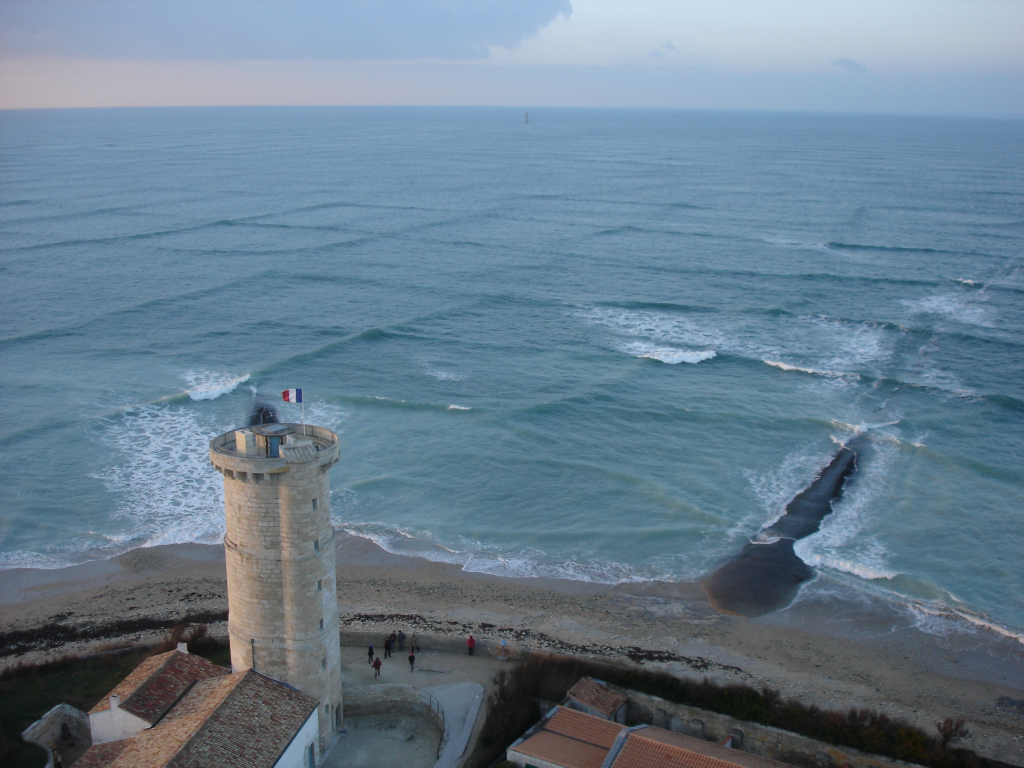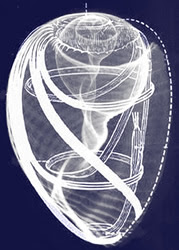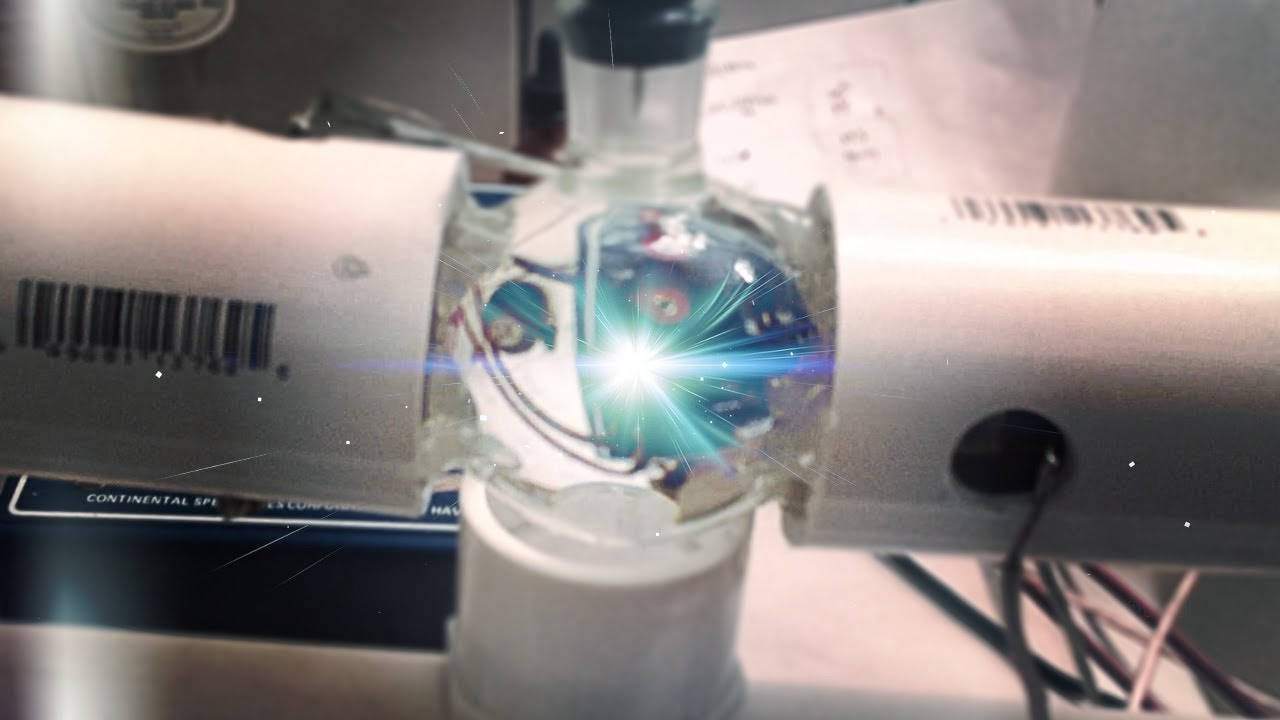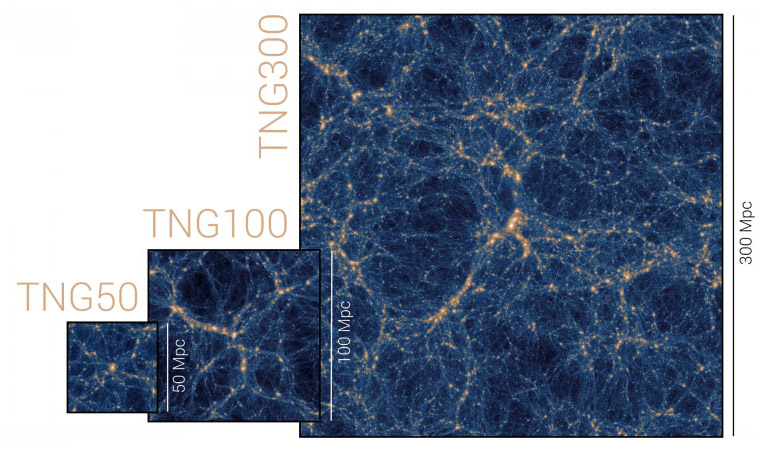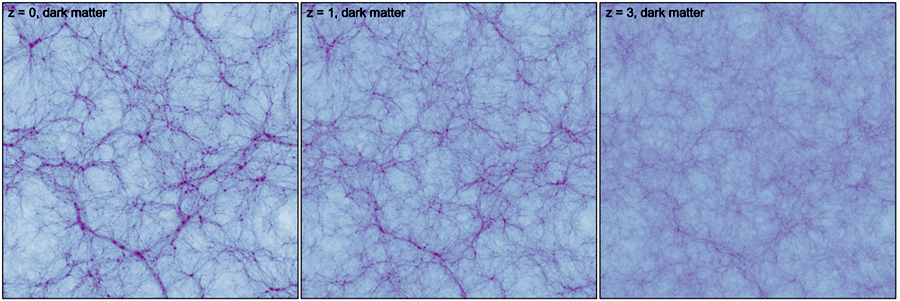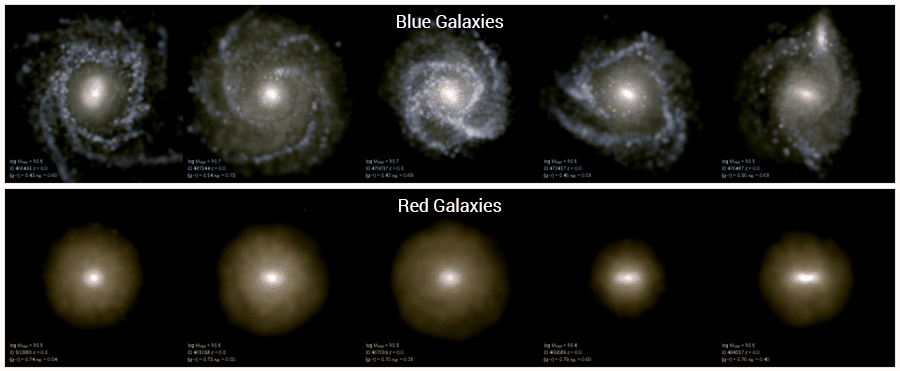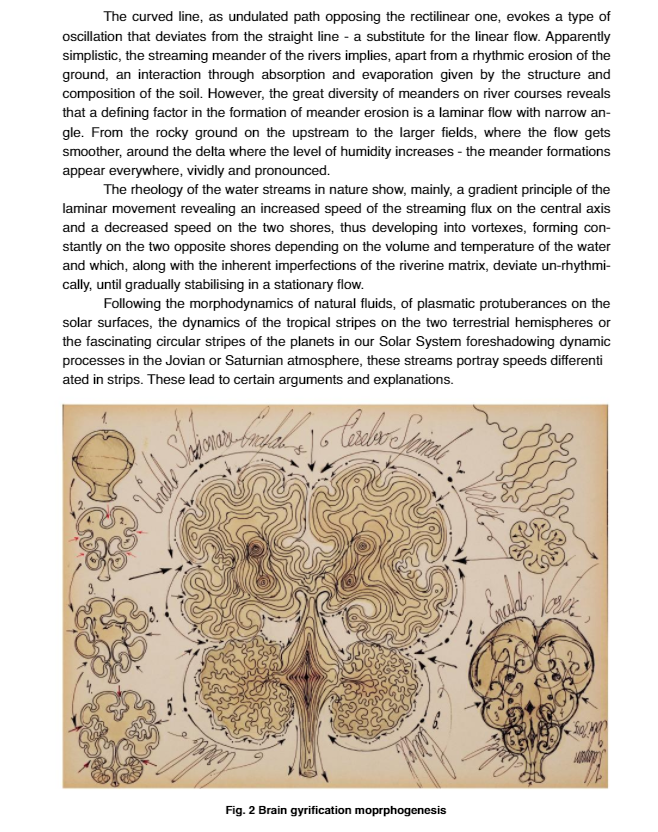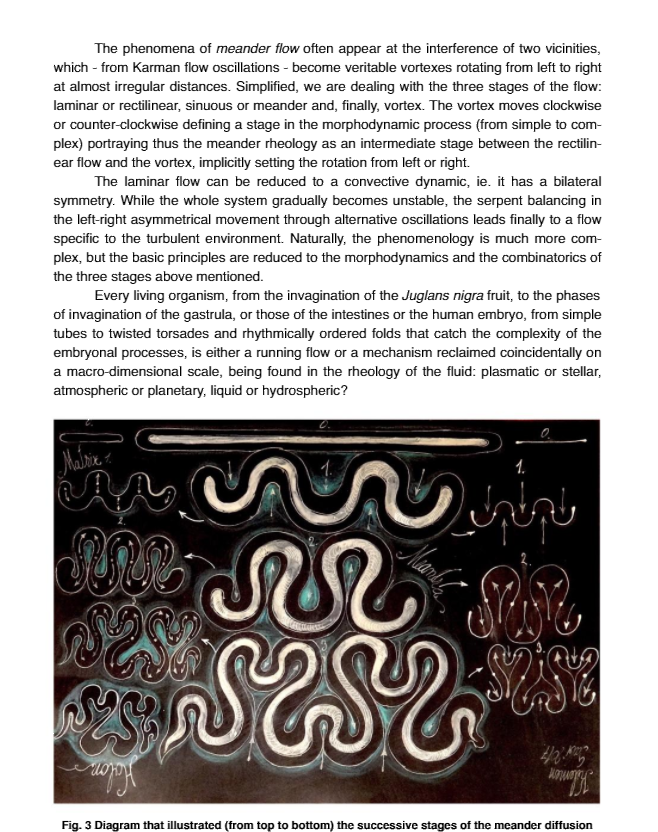So called empty space is most likely structured. Buckminster Fuller already considered the possibility that the geometric structure of space was given by his Isotropic Vector Matrix (IVM): a network of interconnected tetrahedra and octahedra with a Vector Equilibrium in its center. This is what I have called the inner structure of Metatron’s Cube, a structure that scales inwards and outwards, and whose cartesian coordinates can be derived exclusively from integer and rational numbers, in fact from powers of 2 and 3 as in Aristoxenus musical scale. For Fuller, the IVM was a conceptual framework describing the symmetry of space, with which energy events could interact through its jitterbug property, producing a radiating wave of activity [3, p.192]. So the hypothesis is that, depending on the frequency of the sound source, a different geometric energy propagation pattern takes place in empty (structured) space. This geometric pattern may not captured by microphones, but it may interact with the subtle bodies of human beings, and it may be the source of the inherent qualities of sound that we are able to perceive but not yet to quantify.
Andrew Hall – ThunderBolts – Electrical Discharges Carved the American Southwest
The Heart is not a Pump
To any doctor trained in today’s medical schools, the idea that the heart may not be a pump would, at first sight, appear to be about as logical as suggesting that the sun rises in the West or that water flows uphill. So strongly is the pump concept ingrained in the collective psyche that even trying to think otherwise is more than most people can manage. Yet Rudolf Steiner, a man not given to unscientific or slipshod thinking, was quite clear on the matter and reiterated time and again that the heart is not a pump. “The blood drives the heart, not the heart the blood.”
Ralph Marinelli* and his co-workers published a paper refuting the generally-accepted pressure-propulsion premise. For a start, they draw attention to the sheer volume of work which the heart would have to do if it were solely responsible for pumping inert blood through the vessels of the circulatory system. Blood is five times as viscous as water. According to the propulsion premise the heart would have to pump 8000 liters of blood a day in a body at rest and considerably more during activity, through millions of capillaries the diameters of which are sometimes smaller than the red blood cells themselves – a huge task for a relatively small, muscular organ weighing only 300 grams.
Once the questions start being asked, the anomalies in currently accepted dogma become apparent. For instance, if blood were pumped under pressure out of the left ventricle into the aorta during systole, the pressure pulse would cause the aortic arch to try and straighten out, as happens in any Bourdon tube pressure gauge. In practice the exact opposite happens; the curve increases, indicating that the aorta is undergoing a negative, rather than a positive, pressure.
Another paradoxical finding concerns the mechanics of fluid flow under pulsatile pressure. When a pressure pulse is applied to a viscous fluid in a closed vessel, the liquid initially resists movement through its own inertia. The pressure, therefore, peaks before the fluid velocity peaks. In the aorta, exactly the opposite happens where a peak flow markedly precedes peak pressure, a fact which was observed in 1860 by Chaveau and Lortet. So just what is going on inside the circulation?
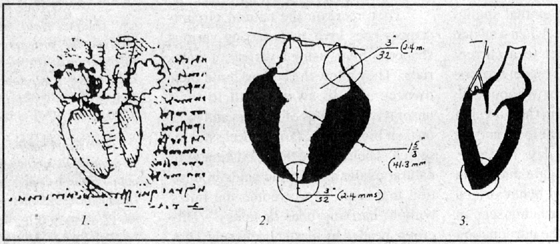 Misleading sketch of the heart by Leonardo do Vinci (1). The left ventricle wall is shown uniform in thickness as it would he in a pressure chamber. Actually the left ventricle wall thickness varies by about 1800% as Marinelli and his group measured in bovine hearts (2). The apex wall is so soft and weak that it can be pierced with the index finger. The peculiar variability in the ventricular wall thickness is not in keeping with the heart as pressure generator. However, Leonardo’s Notebooks has been used in most biology, physiology, and medical texts during the last few hundred years as well as in most modern anatomy texts in the last decades (3). Thus, false sketches have served to bear witness to a false premise.
Misleading sketch of the heart by Leonardo do Vinci (1). The left ventricle wall is shown uniform in thickness as it would he in a pressure chamber. Actually the left ventricle wall thickness varies by about 1800% as Marinelli and his group measured in bovine hearts (2). The apex wall is so soft and weak that it can be pierced with the index finger. The peculiar variability in the ventricular wall thickness is not in keeping with the heart as pressure generator. However, Leonardo’s Notebooks has been used in most biology, physiology, and medical texts during the last few hundred years as well as in most modern anatomy texts in the last decades (3). Thus, false sketches have served to bear witness to a false premise.
As Marinelli et al point out, the pressure-propulsion model of blood circulation rests on four major premises: (1) blood is naturally inert and must, therefore, be forced to circulate; (2) there is a random mix of formed particles in the blood; (3) blood cells are under pressure at all times; (4) blood is amorphous and is forced to fill its vessels and take on their form.
Thunderbolts – Turning Sound Into Light
by Jimmy Mikecz
What if sound didn’t only flow through matter but could produce unexpected phenomena like light? Research in sound has revealed the capacity of sound to influence matter in a way that produces light. The phenomenon of sonoluminescence (SL) is one example of this relationship.
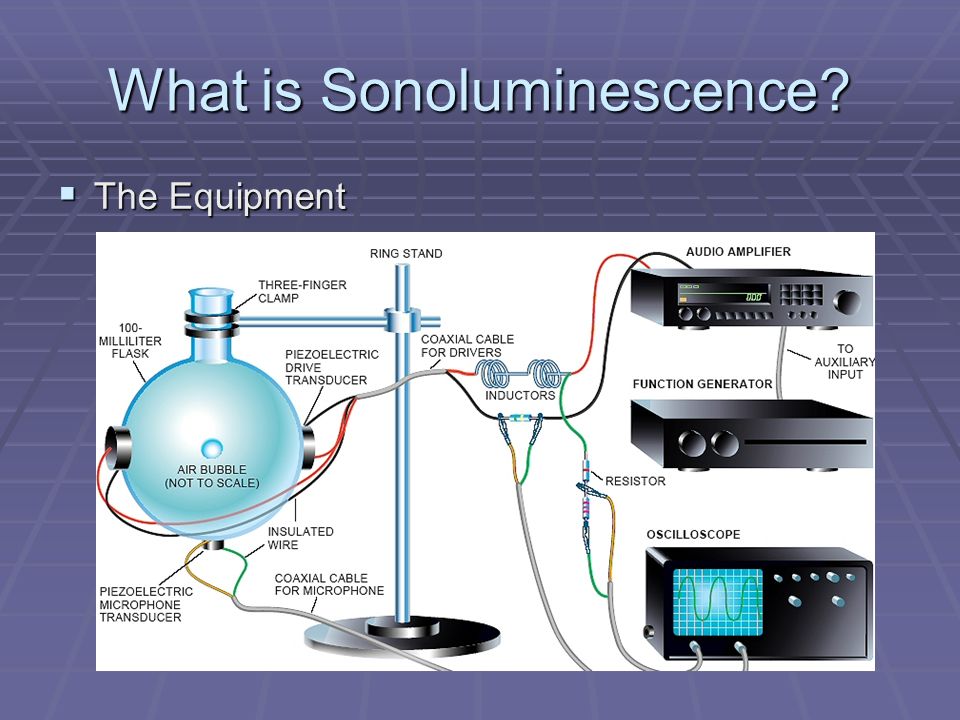
“If you want to find the secrets of the universe, think in terms of energy, frequency, and vibration.”
― Nikola Tesla
Sonoluminescence occurs when high-frequency sound vibrates tiny gas bubbles to reach star-like temperatures and emit flashes of light. The mechanism of sonoluminescence is not fully understood but its occurrence is well documented. As SL researchers probe deeper into the phenomenon, they have found that current fluid dynamic equations cannot explain why it happens. SL is a natural phenomenon as well, and marine biologists observe some species of shrimp using it as an attack against other creatures. It is the bridge between sound and light and can offer a deeper understanding of nature’s laws.
Sonoluminescence
In a study at UCLA called Sonoluminescence: How Bubbles Turn Sound into Light, scientists S.J. Putterman and K.R. Weninger explore the mathematics and phenomenology of sonoluminescence. It is known that this phenomenon is caused by the rapid expansion and contraction of a bubble. This is known because the broad-band UV light emitted appears at a frequency, though not continuously. Think of a strobe light as an analogy where flashes of light last only pico-seconds (trillionths of a second.) According to Prof. Putterman, the phenomenon of sonoluminescence can heat bubbles up to tens of thousands of degrees. The surface of these bubbles burns at about 20,000 K (~35,000 °F) and look like “little stars.”
The IllustrisTNG Project – Large Scale Cosmological Simulation
TNG
Somehow these guys are still thinking “Big Bang” and “Dark Matter”.
The IllustrisTNG project is a suite of state-of-the-art cosmological galaxy formation simulations. Each simulation in IllustrisTNG evolves a large swath of a mock Universe from soon after the Big-Bang until the present day while taking into account a wide range of physical processes that drive galaxy formation. The simulations can be used to study a broad range of topics surrounding how the Universe — and the galaxies within it — evolved over time.
Scientific Goals
The goals of constructing such a large and ambitious simulation suite are to shed light on the physical processes that drive galaxy formation, to understand when, why, and how galaxies are evolving into the structures that are observed in the night sky, and to make predictions for current and future observational programs to broaden and deepen our understanding of galaxy formation. These goals are achieved not in a single step, but rather through a series of extended analyses of the simulations, each targeting specific science questions. Some of the first questions that have been specifically addressed using the TNG suite are characterizing the stellar masses, colors, and sizes of galaxies, understanding the physical origin of the heavy element (metallcity) distribution in galaxies and galaxy clusters, drawing connections between the presence of dynamically important magnetic fields and the observed radio emission from galaxies, and the clustering signal of galaxies and matter on large scales. Subsequent studies are expected to canvass an even broader range of topics.
Continue reading “The IllustrisTNG Project – Large Scale Cosmological Simulation”
Thunderbolts – Who Still Denies Electric Currents in Space?




